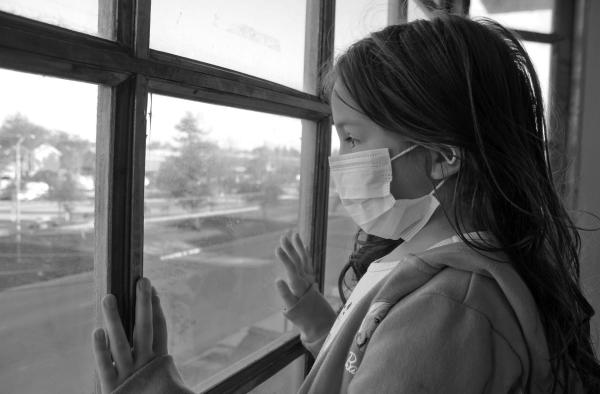Let’s state with the recognized limitations.
- These estimates are probably an undercount, they are certainly not precise.
- All deaths may not have been identified due to ambiguous results, and the lack of autopsy data. Death certificates were not utilized in counting deaths and reporting of COVID-19 as part of the process has not been standardized
- Most importantly, for a large portion of the time sequence, children were not in school meaning they congregated less; and testing and treatment protocols have changed.
So not wholly accurate, but certainly within the ballpark.
For persons age <21, during the period February 12–July 31, 2020:
- There were a total of 391,814 cases of COVID-19
- Multi-inflammatory syndrome in children (MIS-C) was reported in 8% of these cases
- There were 121 death. This represented 0.03% of all cases among children and 0.08% among all reported deaths.
- “…although Hispanic, Black, and AI/AN persons represent 41% of the U.S. population aged <21 years (4), these groups accounted for approximately 75% of deaths in persons aged <21 years. …deaths were more prevalent among males
- …among persons aged 10–20 years, [with] young adults aged 18–20 years accounted for nearly half of all deaths in this population.
- 75% of decedents had at least one underlying condition, and 45% had two or more underlying conditions.” These conditions included asthma 28%, obesity 27%, neurologic or developmental conditions 22% and cardiovascular disease 22%.
- For perspective, in the absence of an underlying condition, the chance of dying was 0.0075%
- Almost a third of the deaths occurred at home or in the Emergency Department. This suggests that the disease was under-recognized, under managed, or very aggressive in its time course. This is consistent with a decline in ED services during this period
Take-away
While COVID-19 is less symptomatic and severe in this age group, the risk factors identified for adults hold for children. “…persons from racial and ethnic minority groups are overrepresented.” This is due to potentially enhanced transmission from household members as well as the associated disparities in access to healthcare. Children, despite the seemingly benign course of the disease, may develop life-threatening complications and require careful monitoring.
Source: SARS-CoV-2–Associated Deaths Among Persons Aged <21 Years — United States, February 12–July 31, 2020 Morbidity and Mortality Weekly Report




